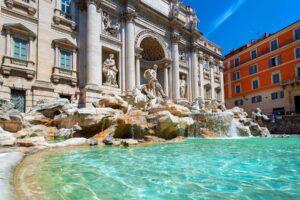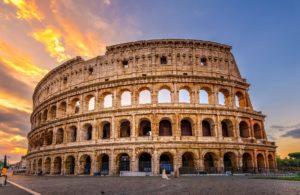Fodor's Expert Review Palatine Hill
Just beyond the Arco di Tito, the Clivus Palatinus—the road connecting the Forum and the Palatine Hill—gently rises to the heights of the Colle Palatino (Palatine Hill), the oldest inhabited site in Rome. Now charmingly bucolic, with pines and olive trees providing shade in summer, this is where Romulus is said to have founded the city that bears his name, and despite its location overlooking the Forum's traffic and attendant noise, the Palatine was the most coveted address for ancient Rome's rich and famous. During the Roman Republic it was home to wealthy patrician families—Cicero, Catiline, Crassus, and Agrippa all had homes here—and when Augustus (who had himself been born on the hill) came to power, declaring himself to be the new Romulus, it would thereafter become the home of emperors. The Houses of Livia and Augustus (which you can visit with the S.U.P.E.R. ticket, for the same price as the Roman Forum admission) are today the hill's best-preserved structures, replete... READ MORE
Just beyond the Arco di Tito, the Clivus Palatinus—the road connecting the Forum and the Palatine Hill—gently rises to the heights of the Colle Palatino (Palatine Hill), the oldest inhabited site in Rome. Now charmingly bucolic, with pines and olive trees providing shade in summer, this is where Romulus is said to have founded the city that bears his name, and despite its location overlooking the Forum's traffic and attendant noise, the Palatine was the most coveted address for ancient Rome's rich and famous. During the Roman Republic it was home to wealthy patrician families—Cicero, Catiline, Crassus, and Agrippa all had homes here—and when Augustus (who had himself been born on the hill) came to power, declaring himself to be the new Romulus, it would thereafter become the home of emperors. The Houses of Livia and Augustus (which you can visit with the S.U.P.E.R. ticket, for the same price as the Roman Forum admission) are today the hill's best-preserved structures, replete with fabulous frescoes. If you only have time for one, the House of Augustus is the more spectacular of the two. After Augustus's relatively modest residence, Tiberius extended the palace and other structures followed, notably the gigantic extravaganza constructed for Emperor Domitian which makes up much of what we see today.
READ LESS








